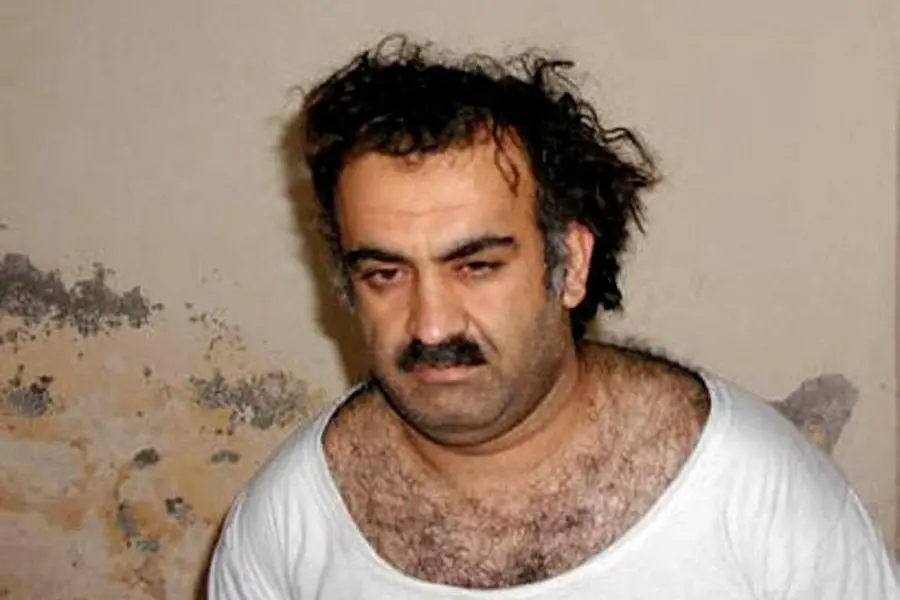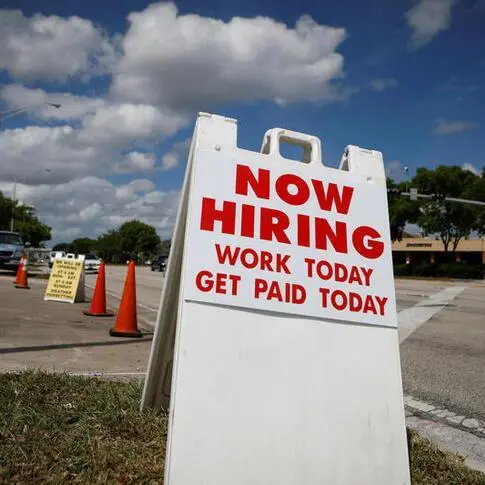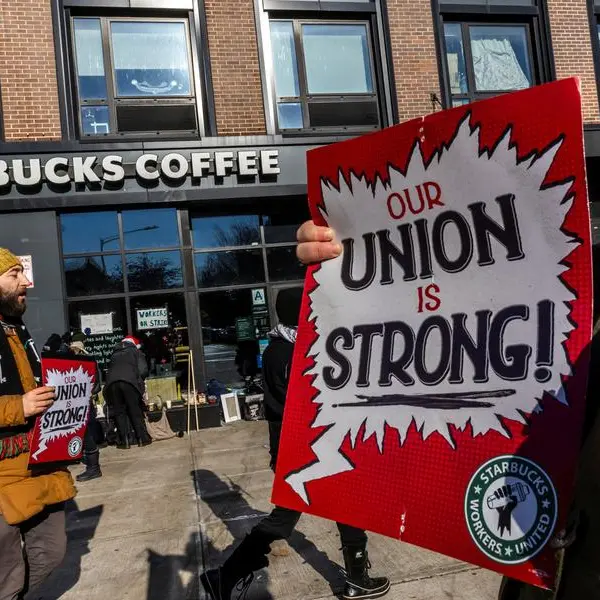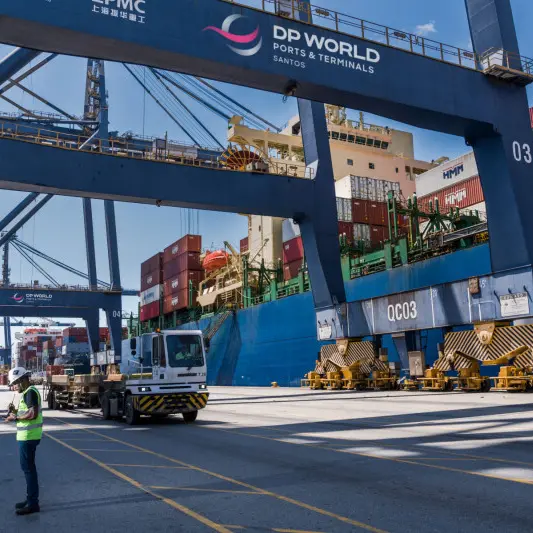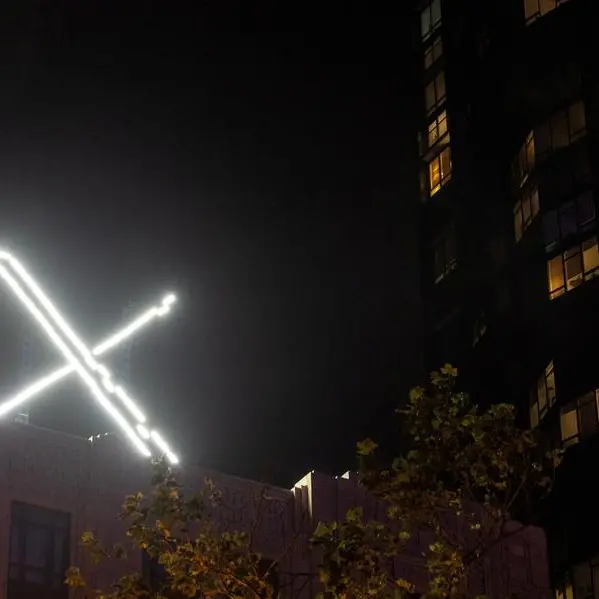PHOTO
Khalid Sheikh Mohammed, the mastermind of the September 11, 2001 hijackings -- the deadliest ever attacks on US soil -- has dedicated his life to plotting against the West.
Regarded as one of Al-Qaeda chief Osama bin Laden's most trusted and intelligent lieutenants, Mohammed, also known as "KSM," was captured in Pakistan in March 2003.
He then spent three years in secret CIA prisons before arriving in 2006 at the US navy base in Guantanamo Bay, Cuba.
Nearly 20 years later, he and two accomplices have reached a deal with prosecutors, the Pentagon said Wednesday, which will reportedly see them avoid a death penalty trial.
Mohammed was known as "mukhtar" (the chosen one) or "the brain" in extremist circles, but mocked as "KFC" for his love of fried chicken, biographers say.
An "arrogant," "very proud" man of small stature, Mohammed also had a reputation for being short-tempered.
Now around 60 years old, the trained engineer was involved in a string of major plots against the United States, where he attended university and attained an engineering degree.
His deadliest was the 9/11 operation, which saw nearly 3,000 people killed after hijacked planes rammed into the Twin Towers in New York and the Pentagon in Washington, with another crashing in a Pennsylvania field.
He claims to have helped in the 1993 World Trade Center bombing that killed six people and to have personally beheaded US journalist Daniel Pearl in 2002.
KSM was born in the mid-1960s to a Pakistani family living in Kuwait, but his roots lie in Baluchistan, a restive Pakistani region bordering Afghanistan.
He says he joined the Muslim Brotherhood, an anti-Zionist activist group, when he was 16, beginning a life-long infatuation with violent jihad.
In 1983, Mohammed moved to the United States for his studies and stayed with a "small group" of Arabs from Kuwait, biographer Richard Miniter told AFP.
"KSM's limited and negative experience in the United States -- which included a brief jail stay because of unpaid bills -- almost certainly helped propel him on his path to becoming a terrorist," a US intelligence summary said.
In 1987, he traveled to Afghanistan and fought alongside mujahedeen rebels against the Soviet invasion.
He stayed in Afghanistan until 1992, and then headed to Bosnia and Herzegovina to fight with Muslim fighters against the Serbs, according to the 9/11 Commission report.
It was not until a botched 1995 plot to blow up US airliners over the Pacific, known as Operation Bojinka, that he achieved notoriety.
He had earlier helped finance the 1993 World Trade Center bombing hatched by his nephew Ramzi Youssef that killed six people and wounded more than 1,000 others.
Mohammed fought alongside Bin Laden in Afghanistan in the late 1980s, but they did not forge a close relationship until 10 years later, at which point Mohammed began plotting what would later become the September 11, 2001 attacks.
"Bin Laden realized that this difficult little man was absolutely essential for turning AQ into the kind of organization he wanted," Miniter said.
Mohammed then had a hand in nearly every single Al-Qaeda plot until his arrest. But experts say it is not possible that one man alone was at the center of all these terror plans.
"He's obviously a smart guy, but he's not a genius... He didn't do the impossible," said Terry McDermott, co-author of "The Hunt for KSM."
Most of what is known about Mohammed comes from interrogation transcripts released by the Pentagon.
He is known to have been waterboarded 183 times during his years in US custody.
Rights groups denounce the simulated drowning technique as torture, and it later led to years of delays in his trial due to legal manoeuverings.
In reported confessions, Mohammed claimed to be the "military operational commander" for all Al-Qaeda foreign operations, saying, "I'm not making myself a hero."
"I'm looking to be a martyr for a long time," he told a hearing at Guantanamo in June 2008, the first time he had appeared in public since his arrest.
